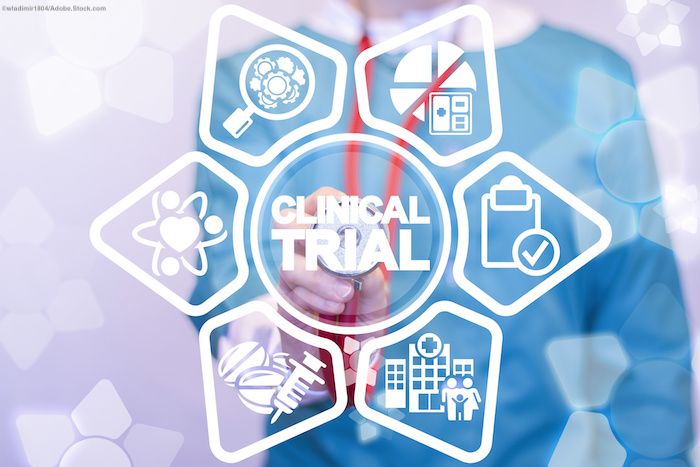Regenxbio: Dosing of first patient in Phase 2 AAVIATE trial for wet AMD
Interim data update from first cohort using suprachoroidal delivery of RGX-314 expected by end of 2020

Regenxbio Inc. announced that the first patient has been dosed in the AAVIATE trial, a Phase 2 trial to evaluate the suprachoroidal delivery of RGX-314 using the SCS microinjectorfor the treatment of wet age-related macular degeneration. The company expects to report interim data from the first cohort of this trial by the end of 2020, according to a prepared statement.
RGX-314 is being developed as a potential one-time treatment for wet AMD, diabetic retinopathy, and other chronic retinal conditions, said the company. RGX-314 consists of the NAV AAV8 vector, which encodes an antibody fragment designed to inhibit vascular endothelial growth factor (VEGF). RGX-314 is believed to inhibit the VEGF pathway by which new, leaky blood vessels grow and contribute to the accumulation of fluid in the retina.
AAVIATE is a multi-center, open-label, randomized, active-controlled, dose-escalation trial that will evaluate the efficacy, safety, and tolerability of suprachoroidal delivery of RGX-314 using the SCS microinjector, a targeted, in-office route of administration. The trial is expected to enroll about 40 patients with severe wet AMD across two cohorts. Patients in each cohort will be randomly assigned to receive RGX-314 versus monthly 0.5 mg ranibizumab intravitreal injection at a 3:1 ratio, and two dose levels of RGX-314 will be evaluated: 2.5x1011 GC/eye and 5x1011 GC/eye. Patients will not receive prophylactic immune-suppressive corticosteroid therapy before or after the administration of RGX-314, according to the statement.
“The initiation of this trial is an important milestone for [the company], as it is the first clinical trial to evaluate the delivery of any gene therapy, including RGX-314, to the suprachoroidal space. RGX-314 has shown evidence of potentially meaningful treatment effect in patients with wet AMD when delivered subretinally in the ongoing Phase 1/2a trial, and we are excited about the potential of the targeted, in-office suprachoroidal approach, which may provide additional RGX-314 delivery options for patients,” said Steve Pakola, MD, the company’s chief medical officer.
The primary endpoint of the trial is mean change in vision in patients dosed with RGX-314, as measured by best-corrected visual acuity, at Week 40 from baseline, compared with patients receiving monthly injections of ranibizumab. Other endpoints include mean change in central retinal thickness and the number of anti-VEGF intravitreal injections received following administration of RGX-314, the company said.
Regenxbio has licensed certain exclusive rights to the SCS microinjector from Clearside Biomedical to deliver gene therapy treatments to the suprachoroidal space of the eye, according to the statement.
“We are pleased to see the progress made by Regenxbio using our proprietary SCS microinjector for the suprachoroidal delivery of its innovative gene therapy into the back of the eye,” added George Lasezkay, PharmD, JD, president and chief executive officer, Clearside Biomedical. “Our targeted drug-delivery approach has broad applicability utilizing proven compounds, novel small molecules, and gene therapy to deliver treatment in an office-based, non-surgical procedure.”
Newsletter
Keep your retina practice on the forefront—subscribe for expert analysis and emerging trends in retinal disease management.